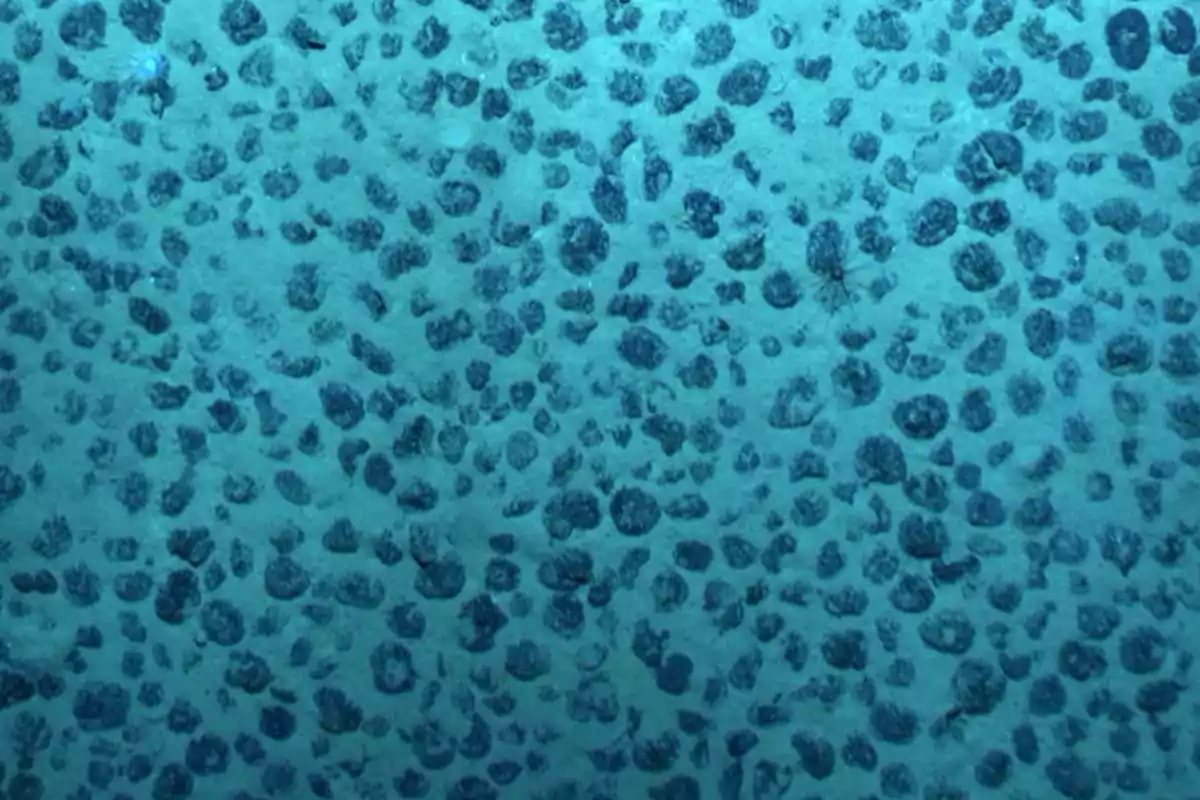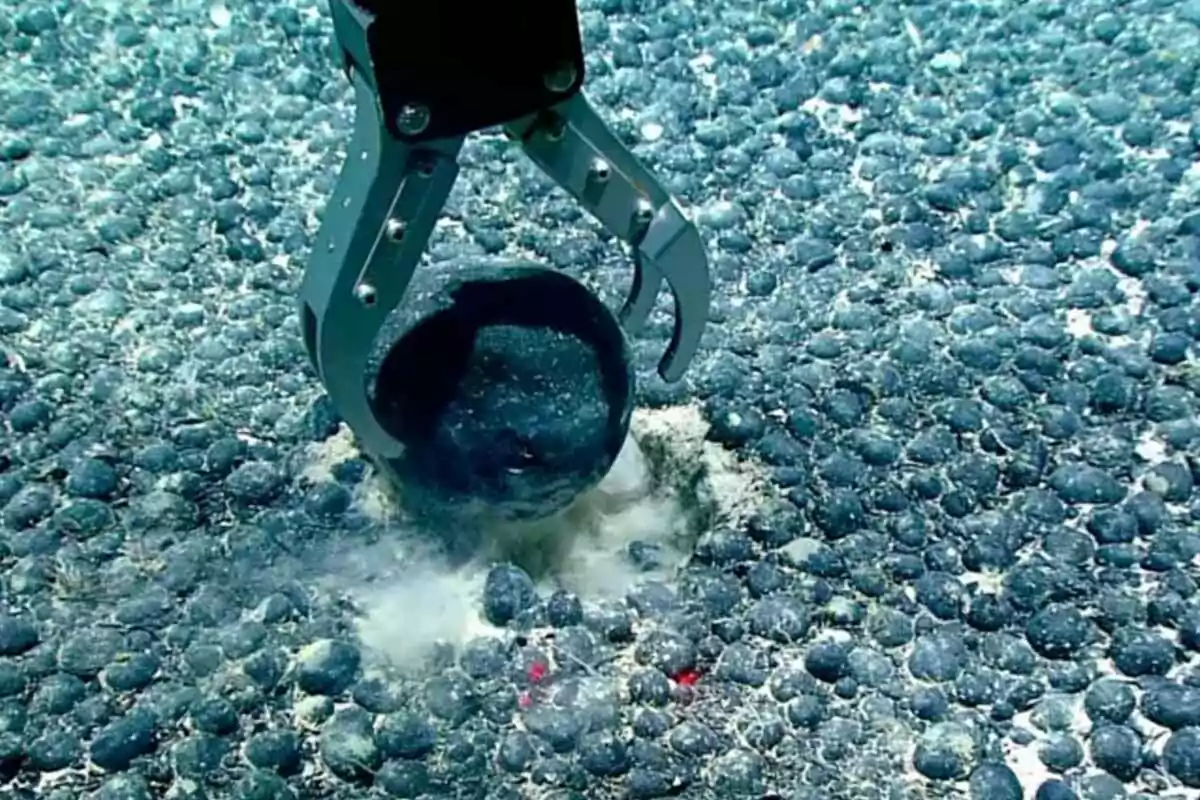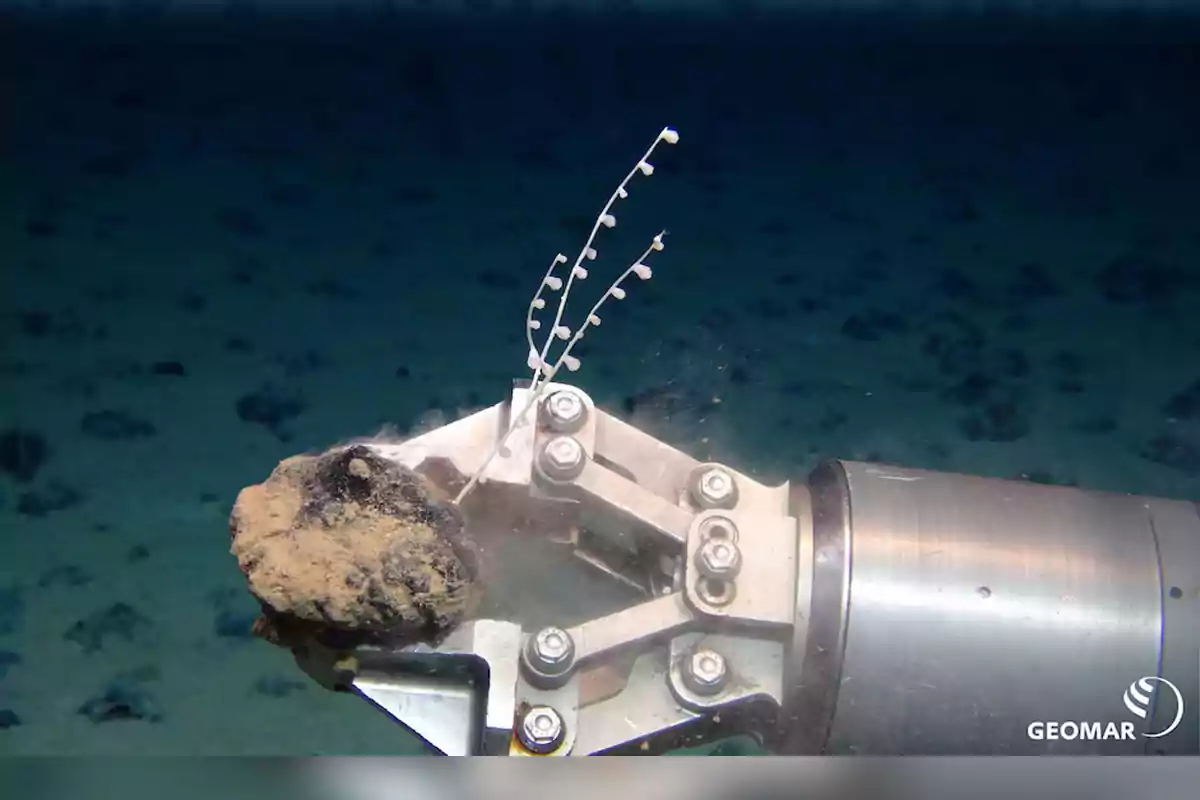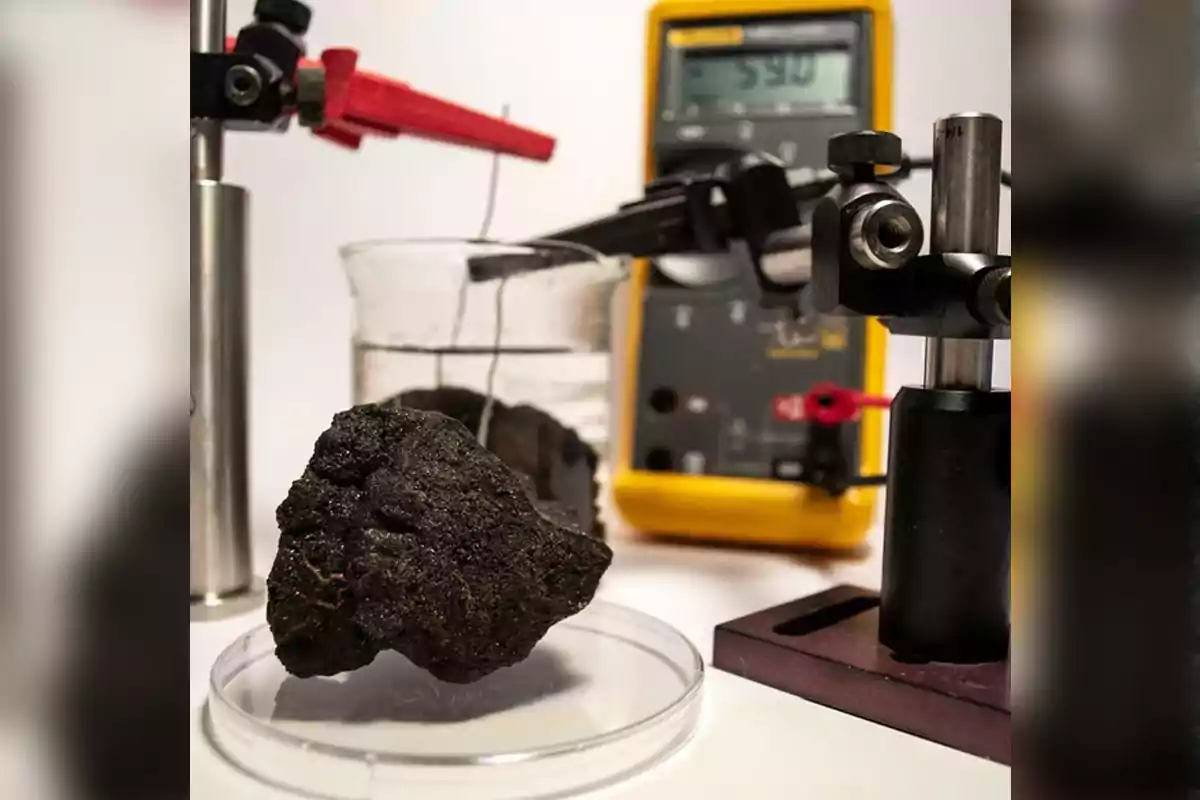
Dark Oxygen: the discovery in the sea that could revolutionize the energy of the future
Oxygen was detected without sunlight at the bottom of the Pacific: it could change theories about life and halt mining
A scientific discovery at the bottom of the Pacific Ocean challenges theories about the origin of life. The Clarion-Clipperton Zone, besides hiding metals for green energy, now shows the ability to generate oxygen without light.
This phenomenon, known as dark oxygen, was detected in polymetallic nodules at a depth of 4,000 meters (13,123 feet). It challenges what we knew about life on Earth and its possible existence on other planets.

What did they find at the bottom of the sea?
The Clarion-Clipperton Zone (CCZ), located between Hawaii and Mexico, is an abyssal plain of 4.5 million km² (1.7 million square miles). There, billions of polymetallic nodules loaded with cobalt, nickel, copper, zinc, and manganese are concentrated.
Until now, it was thought that their main value was mining. But a new study revealed that they also produce oxygen in total darkness, which opens a door to reinterpret the role of these minerals in the origin of life.

How is oxygen caused without sunlight?
Ecologist Andrew Sweetman discovered in 2013 that, instead of decreasing, oxygen levels increased in the deepest areas of the CCZ. After ruling out sensor errors, the mystery became a scientific hypothesis.
The team replicated deep-sea conditions in the laboratory and eliminated photosynthetic organisms with mercuric chloride. Even so, oxygen was caused. The explanation: a natural charge in the nodules causes electrolysis of seawater, separating oxygen and hydrogen.

A natural battery on the seabed
The polymetallic nodules act as a kind of geobattery. Sweetman detected a voltage of 0.95 volts on their surface. This energy would be enough to generate oxygen without living organisms or sunlight.
Companies like Metals Company already see them as a "battery in a rock," key for the future of green energy. But the discovery could also transform how we understand the planet's natural chemical processes.

Could there be life on other worlds with this system?
The discovery revives the possibility of life on moons like Enceladus or Europa, which have oceans beneath ice layers. If oxygen can be caused without light, conditions similar to Earth's would no longer be needed to sustain aerobic life.
According to the study published in Nature Geoscience, this forces a rethink of where and how life could have begun on Earth.
More posts: